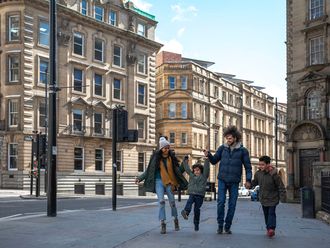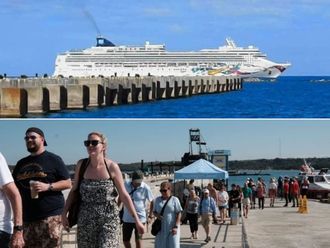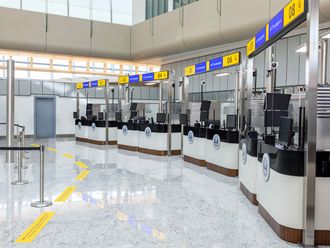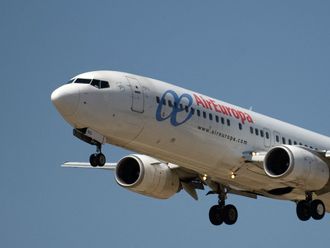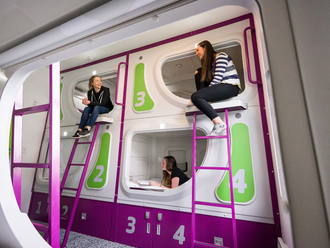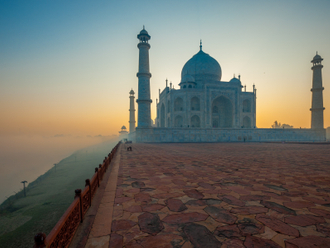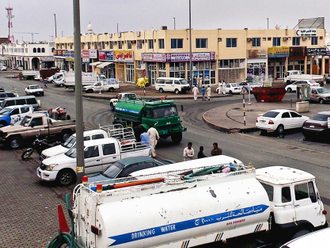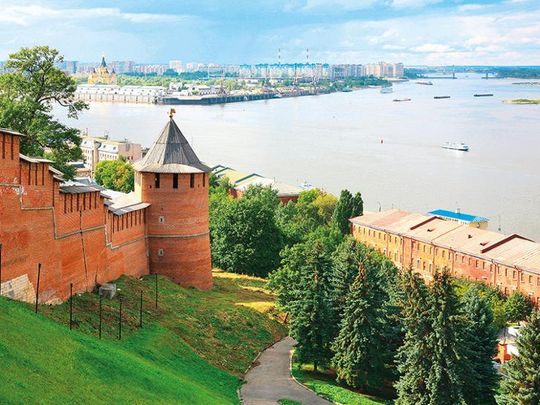
In the shadow of Nizhny Novgorod’s hilltop kremlin, high above the Volga River in central Russia, stands a huge statue of test pilot Valery Chkalov, named one of Stalin’s ‘falcons” for his aviation achievements.
The huge monument has been popular with tourists ever since it was unveiled in 1940, but this year it has been eclipsed. Visitors now take snaps of each other posing around a modern sculpture of giant red letters reading ‘Russia 2018”. Over the next six weeks the city formerly known as Gorky will host six World Cup matches, welcoming teams including England, Sweden, South Korea and Argentina, and there’s a discernible, if muted, buzz in the air.
Matches will be held in 11 cities – and I took a whistlestop train tour of four of them – Moscow, Nizhny Novgorod, Kazan and Yekaterinburg – to see what awaits football fans.
I’d arrived in Nizhny Novgorod at lunchtime, having left Moscow four hours earlier on one of Russia’s newer high-speed trains. Soon, faceless apartment blocks, red-brick factories and pastel-coloured government buildings disappeared, to be replaced by hundreds of triangle-roofed wooden dachas – summer houses – and thousands of birch trees. Every time we passed a church, a bearded passenger beside me crossed himself, moving his big veiny hands from right shoulder to left. At the front of the quiet, half-empty carriage, a neon sign clocked our progress, flashing a top speed of 175km an hour. Not very fast compared with a Japanese bullet train, but the ride was smooth, the service friendly and the train spotless.
From Nizhny Novgorod’s 16th-century kremlin it’s possible, with a squint, to see the curves and columns of the city’s new football stadium. Built to be the home of the city’s second division team, Olimpiyets Nizhny Novgorod, and seat 45,000 fans, it squats on a scenic spot where the Oka River meets the Volga.
‘Many people don’t like this new stadium,’ said Olga, my guide. ‘They say it blocks the historical view. We also wonder what will become of it after the tournament.’
‘Not a football fan?’ I asked.
‘Nyet.’
Our driver, a man in his 40s, said the price of match tickets was beyond the reach of ordinary people. There was clearly a divide between administrative declarations – advertising, stadiums, sculptures – and human reactions. A little excitement, but also indifference, even frustration. Perhaps it doesn’t help that Russia is currently 66th on Fifa’s world ranking, in between Mali and Slovenia.
But one spin-off of this World Cup is that a global spotlight is shining not just on Moscow and St Petersburg but on some of Russia’s smaller, less-visited cities. This benefits the tourist trade, and guides such as Olga, even though Nizhny Novgorod’s grand mustard-coloured Alexander Nevsky cathedral, topped with five black spires, is less spectacular with its new football stadium backdrop.
Nizhny Novgorod, former home to secret submarine factories, was closed to foreigners during the Soviet era, and still has an industrial feel, with chimneys pumping out white smoke. But ‘Russia’s Detroit’, as it is also called because of its car factories, still has ample charm.
A quick tour of the city’s historic centre took in the candy-coloured onion domes of the Strogonov church (built in the 18th century as a private chapel for the wealthy salt-trading Strogonov family) to the huge art gallery within the walls of the kremlin, whose collection includes works by Kandinsky and other avant garde luminaries. Outside, an eternal flame burns before a striking monument to soldiers killed in the Second World War.
A 10-minute walk away, Pyatkin is a grand cafe furnished like a merchant’s living room – all lace-covered tables, gurgling samovars, pots of homemade strawberry jam and bowls of borscht. Its walls are hung with portraits of sober-looking families, floral plates and sepia prints of the Romanovs. It was wonderfully atmospheric and I’d return to Nizhny Novgorod just to have afternoon tea there again.
There are plenty of other dining choices. Up the road, staff at Seledka and Coffee (Herring and Coffee) speak English, and serve a decent latte as well as hearty goulash, steaks and stews.
Nightlife, however, is sedate in Nizhny Novgorod. Boozy football antics are unlikely to be tolerated anywhere in Russia.
The police presence in all host cities will be strong. Tensions are high, especially since the Salisbury poisoning, and clashes between England and Russia fans in Marseille two years ago are still fresh in the memory.
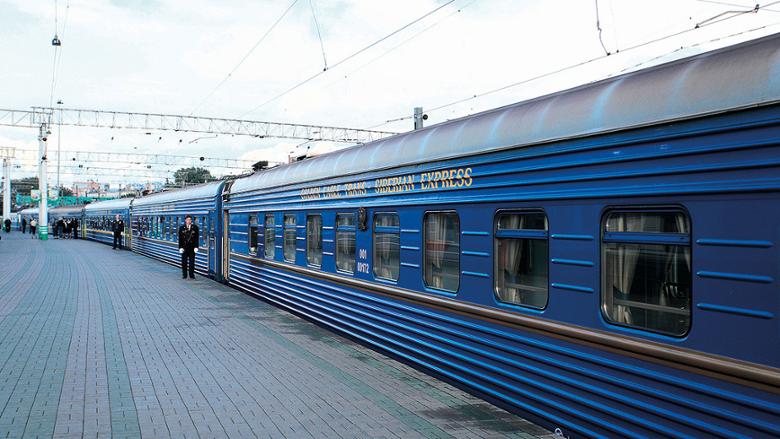
My next stop was Kazan, 240 miles to the east along the Volga and land of the Volga Tatars. Connected to Nizhny Novgorod by a comfortable overnight train, with well-padded bunks, clean loos and good pillows, Kazan also has good restaurants, splendid architecture and an impressive kremlin.
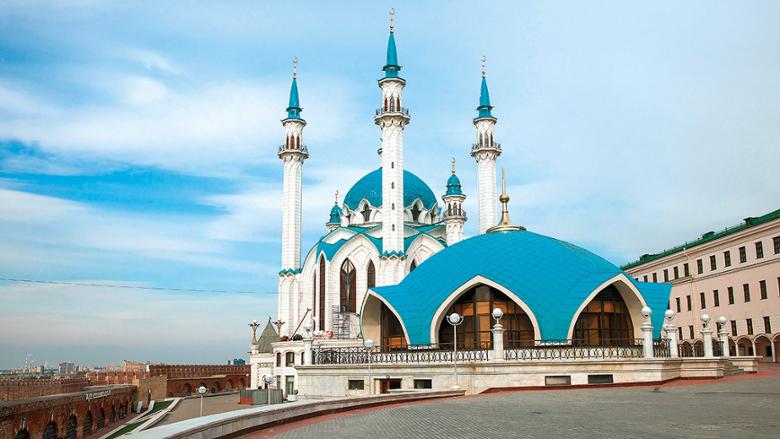
The Qol Sharif mosque, rebuilt and reopened in 2005, is the star of Kazan’s kremlin. Named after an imam killed defending the city against Ivan the Terrible’s troops in the 16th century, it is full of Arabic-style bling. Swirling gold calligraphy shines on the walls, the balconies are ornately latticed and the centrepiece is a giant chandelier in turquoise, navy and gold.
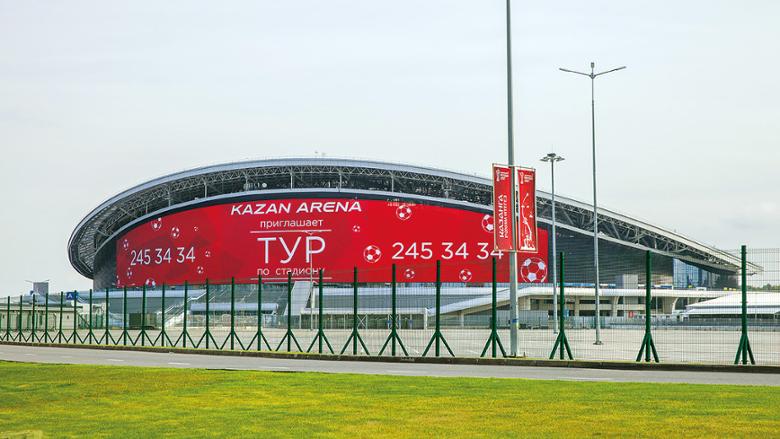
Kazan has a healthy mix of mosques, churches and cathedrals, but it is known as Russia’s ‘city of sport’, with numerous arenas, sports palaces, clubs and racetracks. Kazan Arena, designed by Populous, the firm that worked with Norman Foster on London’s Wembley stadium, boasts the world’s largest outdoor high-definition screen. Like Nizhny Novgorod, it will host four group games (starting with France v Australia on 16 June), a round of 16 game and a quarter-final.
That evening I boarded the Yekaterinburg train. Covering 545 miles in 14 hours and 14 minutes, it offered a trip back in time, with faux leather pull-down bunks, metal loos and old-fashioned heat-belching radiators. It was ultimately bound for the city of Novy Urengoy, among enormous gas fields almost 2,000km away in the north, which it would reach two days later.
Yekaterinburg, on the eastern side of the Urals, came into view at lunchtime. Colourful ageing trams, and buses decorated with the World Cup 2018 mascot, Zabivaka the wolf, pootled along lively student-filled streets.
My guide, Igor, offered a firm handshake then drove me to see the city’s Central Stadium. A mix of Soviet and new, it has been crafted around the old 1956 stadium, so teams arriving from countries such as Japan, Senegal and Peru will be met with restored bas-reliefs and sculptures of 1950s footballers.
The city is more touristy than Nizhny Novgorod and Kazan, partly because it is a couple of days into the Trans-Siberian train route and makes a decent first stop. Yekaterinburg is also home to the Church upon the Blood, on the site where Tsar Nicholas II, his wife, children and their attendants were executed by Bolshevik revolutionaries in July 1918.
Igor pulled up by the Byzantine-style church, one of Russia’s largest. Outside stood life-size black and white portraits of Russia’s last royal family.
‘The daughters survived the first round of bullets because of the diamonds and gems sewn into their underclothes,’ Igor told me.
Also read: A quick guide to Krakow, Poland
In dim corners, the pale faces of women were lit by the candles in their hands; more religious paraphernalia was on sale in little shops around them. It was dark, cool and quiet and the atmosphere was far more ominous and moving than I’d expected. This July it will be 100 years since the executions, and memorial routes and pilgrimages will mark the centenary.
Back outside, Yekaterinburg felt busy and hopeful. Crowded streets and cafes, combined with Constructivist landmarks, created a metropolitan atmosphere. Smart restaurants such as Gastroli on Turgenev Street cater to dressed-up customers.
For a month that started yesterday, football will dominate Russia, but these smaller cities, with strong identities of their own and excellent train links, will reward curious visitors at any time.
Moscow
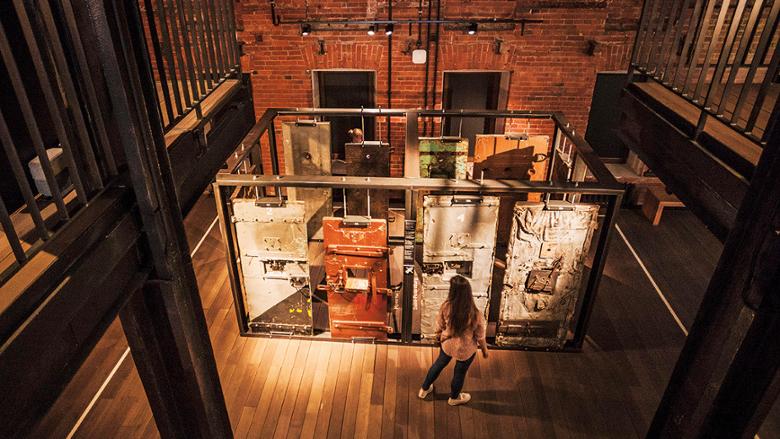
The Gulag History Museum (adult Dh17) is terrifying and fascinating in equal measure. A short walk from Dostoevskaya metro, it has seven rooms – with names such as the Great Terror and the Doctor’s Plot – telling the story of the Gulag system. The museum was founded in 2001 by historian and writer Anton Antonov-Ovseenko, who was himself a prisoner in one of Stalin’s camps. It is a serious and sensitive museum and tells an important chapter of Russian history.
Kazan
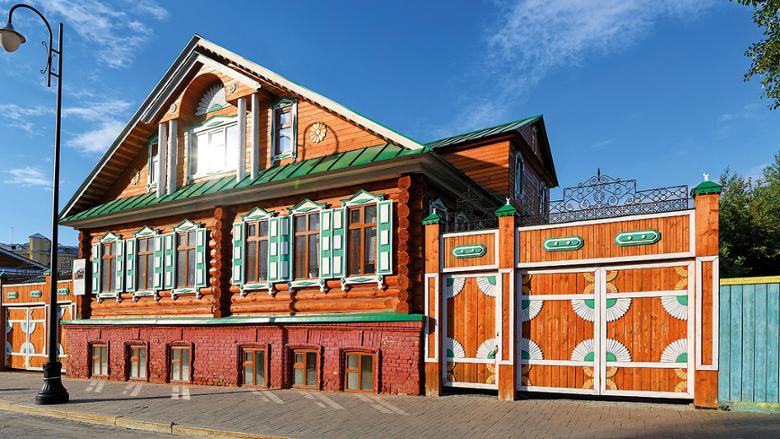
The Old Tatar settlement in the city centre, dating from the 17th and 18th centuries, is a must-see. It is overly restored, but the murals of Tatar artists and musicians are striking, as are the old Tatar houses with their timber facades and colourful gates. The Mardzhani mosque is a traditional, plain and quiet place of worship, contrasting with the glitzy Qol Sharif across town.
Nizhny Novgorod
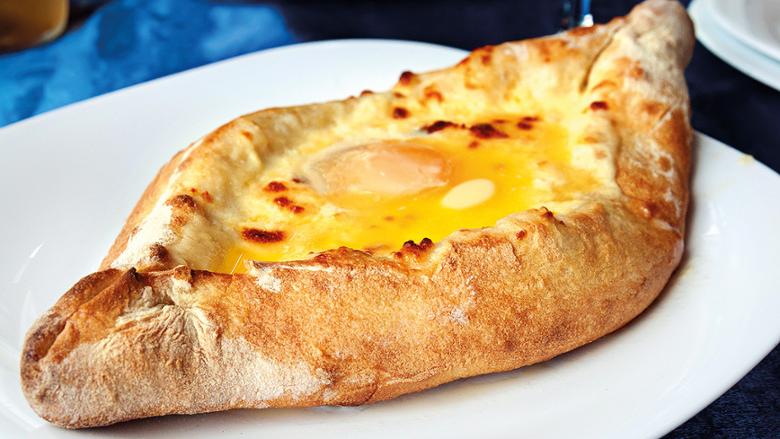
One of the best places to eat in Nizhny Novgorod is the Georgian restaurant Khachapuri (Rozhdestvenskaya Street 39), which is friendly, authentic and keenly priced. Khinkali (Georgian dumplings) cost just Dh3 each and khachapuri (canoe-shaped bread with various cheesy fillings) starts from Dh18.
Yekaterinburg
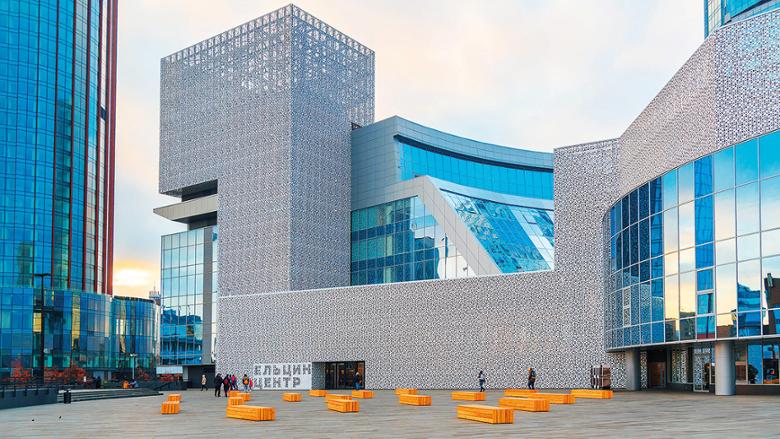
The Boris Yeltsin Centre (adult from Dh6) in the former Russian leader’s home city deserves half a day. Opened by his successor, Vladimir Putin, in 2015, it depicts the former president’s life through several interactive zones . The centre also has some excellent shops selling books, clothes from small designers and unusual souvenirs from the city and the wider Urals region.
GUARDIAN.CO.UK (C) GUARDIAN NEWS & MEDIA LTD, 2018


